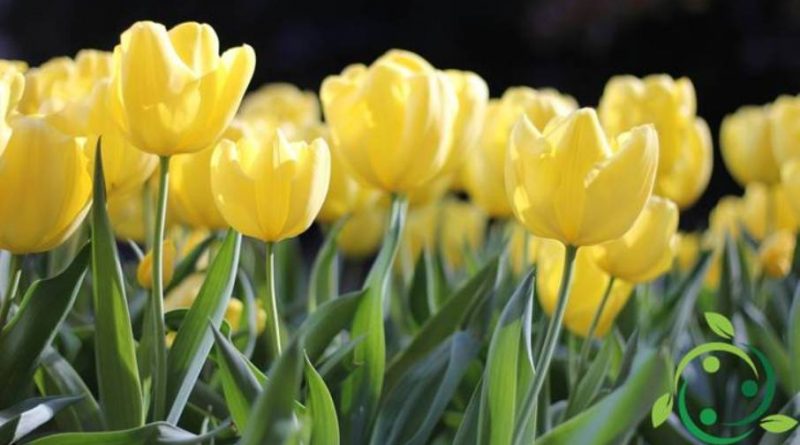How to grow tulips
How to grow tulips
Tulips (Tulipa L., 1753) are a genus of plants of the Liliaceae family, which include bulbous species 10 to 50 cm tall, including some spontaneous also in Italy. This genus originated in the mountains of Pamir and in the mountains of Hindu Kush and Tien Shan with an area extending eastward from the Iberian Peninsula, through North Africa, Greece, the Balkans, Turkey and across the east (Syria, Israel, Palestinian Territories, Lebanon, Jordan) and Iran, north to Ukraine, southern Siberia and Mongolia, and east to northwest China. In this paper we see how to grow tulips and the main technical notions. The name derives from the Turkish “tullband”, which means headgear, turban, for the shape that the flower seems to represent. The spread of tulips is due to the fact that this plant is particularly resilient: despite its vegetative cycle lasts less than a season, the bulbs can last for generations. The spontaneous species of tulips are about 150, but the varieties and hybrids are innumerable and of every type of color and fantasy.
Tulips can be grown both in pots, in the garden or on significant extensions for commercial purposes. If you plan to grow potted tulips you have to choose the early varieties and with shorter stems; the vases are then placed in balconies or terraces that are quite sunny and airy. During the winter, however, the bulbs need a good period of vernalization in order to have a good vegetative growth in spring. In cultivation in the ground it is necessary to choose varieties with longer stems and consider that they are plants that need soil: fresh, very fertile and well drained. The tulips can grow well even in clay soils as long as they are mixed with a lot of peat and still have good drainage. If instead you have to prepare the substrate, consider that you can add common soil and little sand, also ideal for preparing the pot that will accommodate the bulbs. The tulip bulbs should be buried in the period from October to late November and in any case before the frosts at a depth equal to twice their diameter, with the tip pointing upwards and at a distance of about 10-25 cm between of them. Fertilization should be done in two steps, with very fine and humus-rich organic substances, in the period of February and June, ie at the end of winter and immediately after the end of flowering. As for irrigation this should be done only once sprouted buds, flowers and leaves and only if the soil is really dry. In autumn, however, if the tulips are grown in the open field, rain may be enough. The flowering will take place in spring and with the beginning of summer the vegetative phase of the tulip will end. Once the vegetative cycle is complete, the bulbs must be unearthed; these must be cleaned of the earth, deprived of small bulbs, stored in a cool, dark and dry place until next autumn. Among the adversities of the tulips we remember especially the snails. For their removal, avoiding the aid of the various active ingredients that are used in income crops (and which leave toxic residues) you can use products based on ferric phosphate, which are less harmful to the soil.
How to grow tulips: parasites other adversities can be represented by centipedes, beetles, beetles and mites. You can use preparations based on Neem oil that will keep these pests away and leave no residues of difficult degradation and harmful to the environment.

